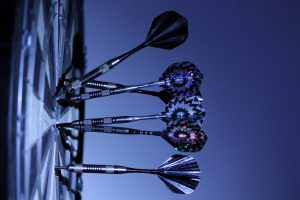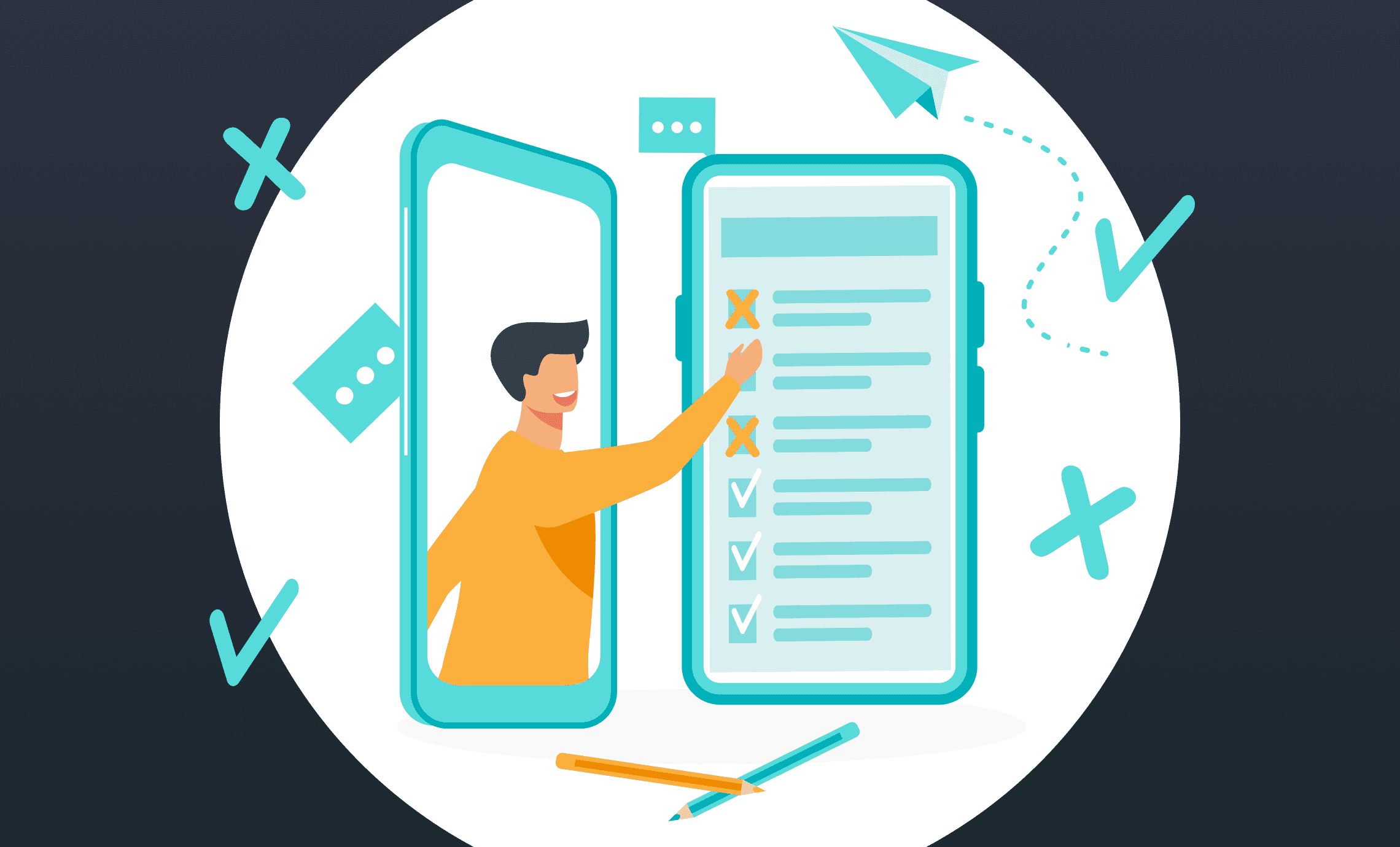John Wanamaker, a department-store magnate, famously said, “Half the money I spend on advertising is wasted; the trouble is, I don’t know which half.”
For far too long, marketers have had difficulty proving the results of their efforts. And frankly, it’s been a similar challenge for event marketers and organizers. But the pressure’s on to show ROE (Return-on-Event) and demonstrate the value of our events. We can no longer afford to organize events
without what I call the “secret sauce”: event analytics.
Luckily, the wide availability of event technology and analytics makes it easier for both marketers and organizers to measure their event’s success. Corbin Ball, a consultant focused on meeting technology, writes at Sales & Marketing Management, “Every touch in a mobile app (and soon every movement) can be trackable. They can provide a goldmine of information of participants’ likes, dislikes, interests and movements and more, that can be used to improve future events.” But event analytics only mean something if you plan and use them.
As part of our “The Insider’s Look at Event Analytics” series, keep reading below to avoid the three most common mistakes made in measuring event success, how you can gather data and key metrics to communicate to event stakeholders.
The Three Worst Mistakes to Make in Measuring Event Success
Planning an event without measurement is a surefire way to set yourself up for failure. Achieve
success by avoiding these three most common missteps:
Not setting up goals/metrics upfront
Successful events begin with thinking about measurement and setting clear goals at the very beginning of planning. Without goals identified ahead of time, organizers will be hard pressed to understand whether or not an event was successful. There are many aspects of an event to set goals around. Set metrics that will help improve your event year-over-year. This makes your planning more focused on what matters most – results.
It’s also important to understand goals important to your organization as well as your sponsors,
exhibitors and other stakeholders. Each has different needs and goals. For some, traffic or attendance may be key. But other stakeholders may be concerned about brand awareness or changes in
perception. Set objectives for each key area so you’re delivering value to each stakeholder.
 Failing to set SMART goals
Failing to set SMART goals
Whatever objectives you set, follow the SMART criteria. Make sure each goal is:
- Specific
- Measurable
- Attainable
- Realistic
- Timely
For example, SMART goals might be:
Achieve $1M in total revenue. This is a specific goal instead of setting out to increase revenue. Increase year-over-year attendance by three percent, or attain 100 net new attendees versus a goal of increasing attendance. This is a measurable goal rather than just saying increase attendance. Have 75 percent of attendees use the event app. If you’ve never had an event app, projecting 100 percent of attendee use the app out of the gate isn’t an attainable. Signing five sponsors. This is a realistic goal if this is the first year your event offers sponsorship packages. Send out an event survey to all attendees within 24 hours. This is a timely
Avoiding integrating multiple event technologies
Events are full of useful data, all of which can be used to illustrate success. But I see too many
organizers using multiple software products and databases, and struggling to integrate silos of data to form a comprehensive picture of event performance. Without integration, it takes a lot of time, money and resources to make sense of all the different analytics.
So, stop the one-off “slice” approach to event tech and analytics! An integrated business intelligence strategy saves time and money – and gives you the valuable data analytics to understand the success of an event, convention, trade show or corporate meeting without the integration headaches.
Ways to Gather Event Data
Once you’ve set your event goals, how do you gather data to determine if the event is successful? Many event organizers use traditional methods, such as:
- Registration data
The simplest and easiest form of measurement data is to track year-over-year, month-over-month or even week-over-week comparisons of registration and attendance numbers.
Attendee surveys
You can also gather measurement data by sending out surveys to attendees during or post-event. At-event surveys gather real-time feedback while it’s fresh in attendees’ minds. Understand the most valuable topics or information by asking participants to rate their favorite session. Get hard facts about time spent on the show floor by polling guests when, where and how long they spent in the expo hall.
Don’t forget to survey exhibitors or sponsors during the event too. Learn what to continue next year by surveying them about what’s working in driving attendees to the show floor. Ask for them to share attendees’ reactions so you know what real-time or future improvements to make.
Many organizations incorporate the Net Promoter Score® (NPS) framework in their post-event
surveys. The NPS score helps organizers measure overall attendee satisfaction. The framework uses a 0-10 scale and divides customers into three groups: detractors (0-6), passives (7s and 8s), and
promoters (9s and 10s).
For example, ask questions like, “How likely are you to recommend this event to a colleague?”
A 0-6 response generally means an unhappy customer. A “passive” response of 7 or 8 generally means the customer is satisfied, but isn’t enthusiastic. A 9 or 10 response is an attendee likely to “promote” the event to others and can be extremely helpful in fueling event growth.
Often, this doesn’t provide enough insight for improvements going forward. And it doesn’t always satisfy exhibitor or sponsor needs either. For deeper insights, organizers are turning to more sophisticated event measurement strategies, including:
 Event apps
Event apps
Start measuring event app usage by tracking the total number of app downloads and activity sessions. Review the breakdown of who used the app by title, job function and demographics.
Understand if the app was effective by examining other data. Did attendees use messaging and networking functions? Did attendees interact/respond more to special offer push notifications or reminders? Which and what type of gamification activities or challenges were the most popular?
Measuring and understanding these kinds of digital data helps organizers understand their audience’s needs – which can then also be used to guide future plans and event app activities.
Beacons
These small devices first gained popularity in retail environments. Shoppers receive targeted messages as they approach certain products. Retailers track foot traffic patterns in real-time.
These capabilities translate well to the show floor too. Ball also says, “The San Diego Convention Center and the Boston Convention and Exhibition Center both have deployed beacons throughout their facilities to assist in navigation and area information. Beacons have been used the last two years at the Consumer Electronics Show (CES) for scavenger hunt gamification.”
Tired of hearing exhibitors complain about show floor traffic? Use beacons to provide valuable—and tangible – measurement data such as:
- Attendee counts by hour/day
- Attendee presence by zone by day
- Dwell times on the expo floor by day
- Attendee frequency (one-time, repeat or frequent)
If you aren’t using beacons to generate heat maps, graphs and charts to support exhibitor and
sponsor ROE (Return-on-Event), you run the risk of jeopardizing their future participation at your event. After wall, without proof of their success, it will be harder to justify additional investment.
Key Metrics to Communicate
Remember those goals you initially set? Now’s not the time to forget about them. Goals don’t mean anything unless you create a post-event report comparing goals to actual results achieved. But don’t stop with a written report. You need to communicate findings from your event analytics to all key stakeholders – within your organization as well as exhibitors and sponsors.
For organizers, some of the most popular key performance metrics to share are:
- Total revenue earned. Show me the money! Account for every sponsorship dollar, all attendee registration fees and more. Determine event profitability by comparing total dollars spent versus earned.
- Customer satisfaction. What did attendees think of the event? Will they return next year, and would they recommend the event to colleagues or others?
- Social analytics. Social media mentions and word of mouth buzz. Provide metrics about the total impressions and awareness generated. Track your event hashtag to see which social media channels attendees used the most.
Sponsors or exhibitors want reports of measurement data points such as:
- Total attendee registrations
- Metrics surrounding changes in their specific brand awareness/perception
- Attendee check-in numbers for any sponsored sessions
- Real-time floor traffic measurements
Using Event Analytics to Make Improvements
Each improvement also needs to be actionable. Don’t just say, “We need to increase attendance.” Create a specific list of steps you’ll take, such as beginning pre-event promotion 4 weeks earlier, cross-promoting registration deadlines on social media channels, or
tapping influencers to help spread the word.
For organizers, saying we “think” we had a good event is no longer enough. We owe it to ourselves and our events to use event analytics tools and platforms to measure and demonstrate our event success. After all, there’s a 15-20 percent increase in Marketing Return on Investment (MROI) for companies that put data at the center of their marketing and sales decisions. That sound like a pretty good recipe for event success to me!
Interested in learning more about the latest event analytic platforms available and how to integrate them into your event? Schedule a demo with Core-apps to learn more.


